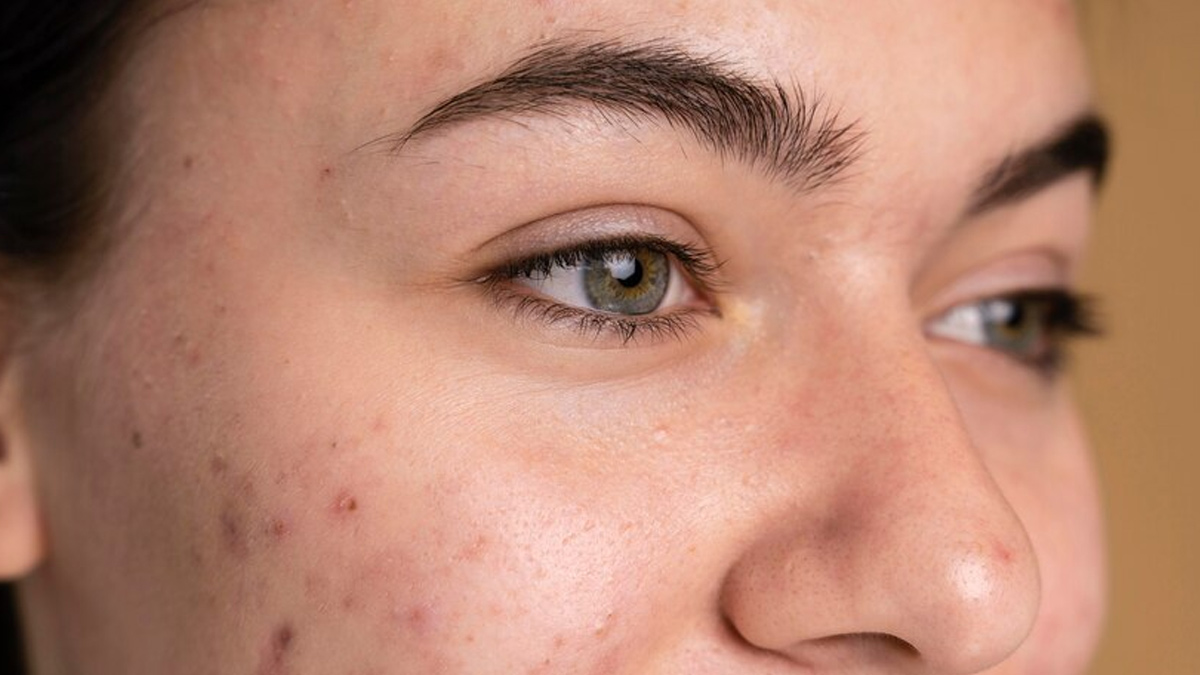
Niacinamide, a form of Vitamin B3, has garnered immense popularity in the skincare world for its versatile benefits. Known for its ability to tackle dark spots and acne breakouts, it is a gentle yet effective ingredient suitable for nearly all skin types. Let's explore how niacinamide works, its benefits, and how you can incorporate it into your skincare routine for healthier, glowing skin.
Table of Content:-
What Is Niacinamide and How Does It Work?
Niacinamide is a water-soluble vitamin that helps to build proteins in the skin and lock in moisture. It strengthens the skin barrier, regulates oil production, and reduces inflammation, making it ideal for managing acne and fading post-inflammatory hyperpigmentation (PIH).
A 2015 study published in the Journal of Clinical and Aesthetic Dermatology demonstrated that a 4% niacinamide gel significantly reduced acne lesions over an eight-week period, showing results comparable to prescription treatments like clindamycin but without the associated side effects.
Another study from 2011 in Cutis revealed that niacinamide can inhibit melanin transfer, which is critical in reducing dark spots and evening out skin tone. The participants reported noticeable improvements in hyperpigmentation and skin clarity within 12 weeks of use.
Benefits of Niacinamide for Dark Spots and Acne

1. Reduces Acne and Breakouts
Niacinamide's anti-inflammatory properties calm redness and swelling caused by acne. It regulates sebum production, preventing clogged pores and reducing the likelihood of future breakouts.
2. Fades Dark Spots and Hyperpigmentation
Niacinamide inhibits pigment-producing cells, making it effective for fading dark spots, sun damage, and post-acne marks. Its brightening properties promote a more even skin tone.
3. Strengthens the Skin Barrier
By stimulating the production of ceramides, niacinamide helps to reinforce the skin's natural barrier, locking in hydration and keeping external aggressors like pollution and UV rays at bay.
4. Anti-Ageing Properties
Niacinamide also boosts collagen production, which reduces the appearance of fine lines and wrinkles, leaving the skin firmer and more youthful.
Also read: Is It Okay To Use Salicylic Acid And Niacinamide Together? Dermatologist Insights
How to Add Niacinamide to Your Skincare Routine

Integrating niacinamide into your routine is straightforward, as it is compatible with most skincare ingredients, including hyaluronic acid, retinol, and vitamin C.
Step 1: Cleanse Your Skin
Start with a gentle cleanser to remove impurities. This preps your skin to absorb active ingredients effectively.
Step 2: Apply Niacinamide Serum
Niacinamide is most commonly found in serums, typically at concentrations of 5-10%. After cleansing, apply a few drops of a niacinamide serum to your face and neck.
Step 3: Layer with Moisturiser
Follow with a hydrating moisturiser to seal in the niacinamide and maintain skin hydration.
Step 4: Don’t Forget Sunscreen
Always finish your morning routine with a broad-spectrum sunscreen. Niacinamide works synergistically with sunscreen to protect the skin and enhance its overall benefits.
Also read: Niacinamide For Skin: Expert Lists Its Benefits And How To Use It
Key Tips for Using Niacinamide

- Consistency is Key: Use niacinamide daily for at least 8-12 weeks to see visible results.
- Patch Test First: Although niacinamide is generally well-tolerated, do a patch test to rule out any sensitivity.
- Check Concentration: If you are new to niacinamide, start with a lower concentration (2-5%) to avoid potential irritation.
Conclusion
Niacinamide is a skincare powerhouse with proven benefits for acne-prone and hyperpigmented skin. Backed by scientific studies, it offers a gentle yet effective way to achieve clearer, brighter, and healthier skin. Incorporate this multi-tasking ingredient into your daily routine, and let its magic transform your skin over time. Remember, patience and consistency are your best allies in skincare.
Also watch this video
Read Next
Want That Picture-Perfect Dewy Skin? 5 Reasons Why Vetiver Or ‘Khus’ Water Should Be Your Top Pick
How we keep this article up to date:
We work with experts and keep a close eye on the latest in health and wellness. Whenever there is a new research or helpful information, we update our articles with accurate and useful advice.
Current Version